What is Tempeh? Nutrition, Health Benefits, How to eat
4 Min Read
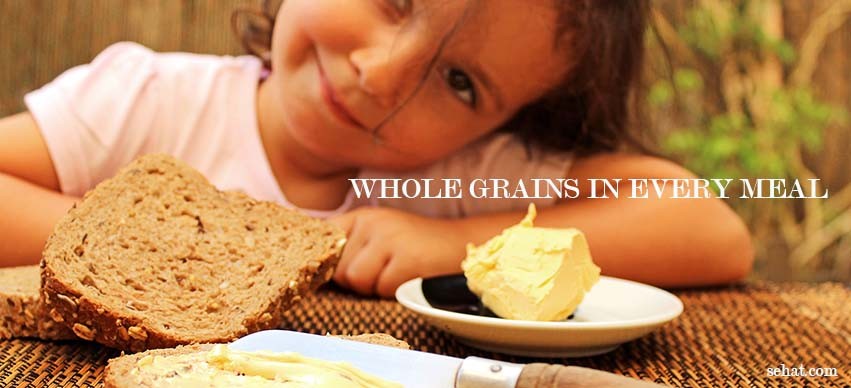
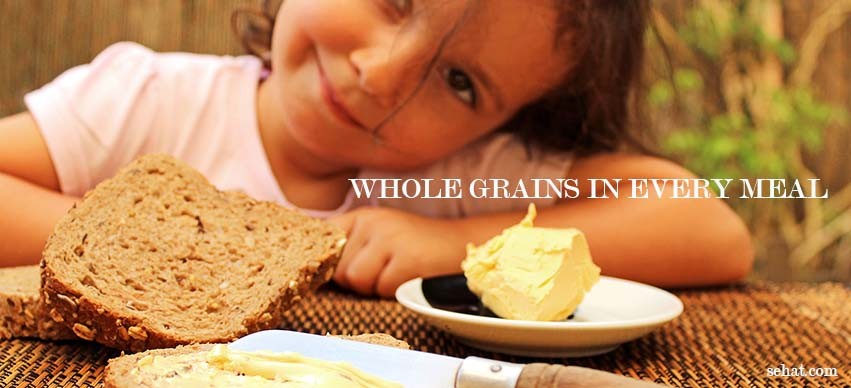
Whole grains are the whole seeds of plants that has three parts: the bran, the germ and the endosperm. The bran is the outer layer that contains vitamin B, antioxidants and fiber and is hard enough to protect the rest of the grain. Next is the germ, which can sprout and produce more grains if fertilized. It contains alot of vitamin B, protein, minerals, and healthy fats. The endosperm offers little nutrition and is the food supplier for the grain which works photosynthesis to fuel the little grains.
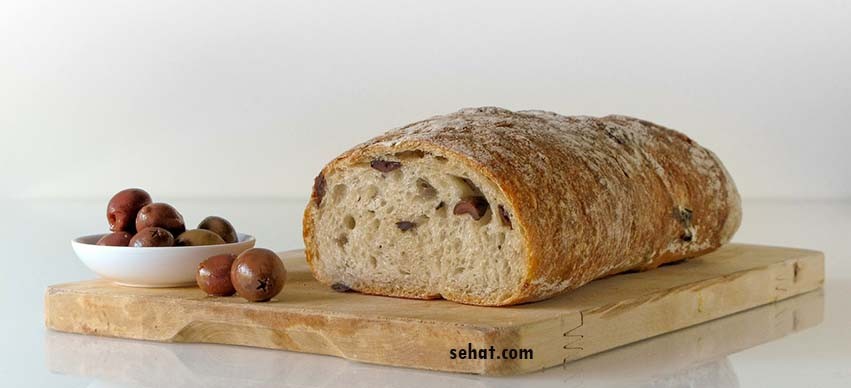
Eating whole grains is an important part of good nutrition. Health studies show that eating whole grains instead of refined grains lowers the risk of many chronic diseases and the benefits are most pronounced for those consuming at least 3 servings a day.
Refined grains remove the bran and germ, which also removes about 25% of the grain`s protein and other key nutrients. Processors add back some vitamins and minerals to enrich refined grains, so refined products still contribute some valuable nutrients. But whole grains are healthier, providing more protein, more fiber and many important vitamins and minerals. Use whole flour and whole grain to take in your nutrients the natural way, stored in their original packaging of wheat germ and bran. As we all know that fruits and vegetables contain disease-fighting phytochemicals and antioxidants, but whole grains are often an even better source of these key nutrients. Moreover, whole grains have some valuable antioxidants not found in fruits and vegetables, as well as vitamin B, vitamin E, magnesium, iron and fiber.
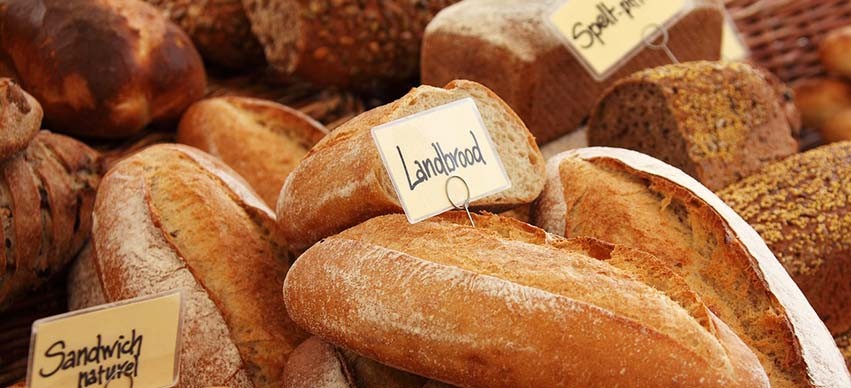
The bran and fiber in whole grain make it more difficult for digestive enzymes to break down the starches into glucose. Soluble fiber helps lower cholesterol. Insoluble fiber helps move waste through the digestive tract. Fiber may also kindle the body's natural anticoagulants and so help prevent the formation of small blood clots that can trigger heart attacks or strokes. The collection of antioxidants prevents LDL cholesterol from reacting with oxygen. Some experts think this reaction is a key early step in the development of cholesterol-clogged arteries. Phytoestrogens (plant estrogens) found in whole grain may protect you from some cancers, so might essential minerals, such as magnesium, selenium, copper, and manganese. These minerals may also help reduce the risk for heart disease and diabetes. Magnesium found in whole grain helps keep bones and muscles healthy. Recent studies on whole grain show how whole-grain intake is protective against cancer, cardiovascular disease, diabetes and obesity.
Whole Grain Foods Brown rice, quinoa (pronounced Keen-wah), bulgur, corn, buckwheat, oats, whole grain spelt and wild rice are all sources of whole grain. Brown and wild rice can be eaten as side dishes, and oats can be eaten as oatmeal or used to make granola. Quinoa is a seed that is eaten as a hot cereal or as a side dish. Corn can be served as a vegetable and popcorn is a high fiber whole grain snack.
Amaranth: This slightly sticky grain is high in fiber and nutrient rich, with a high concentration of lysine, an essential amino acid.
Cracked wheat: It refers to wheat berries that have been cracked into small pieces.

Barley flakes: These are made from lightly toasted pearled barley rolled into flakes.
Rolled oats: Turns out that rolled oats, the same ones that you had for breakfast as a kid and use to make oatmeal cookies, are a good source of vitamin B and minerals, including calcium, phosphorus and iron.
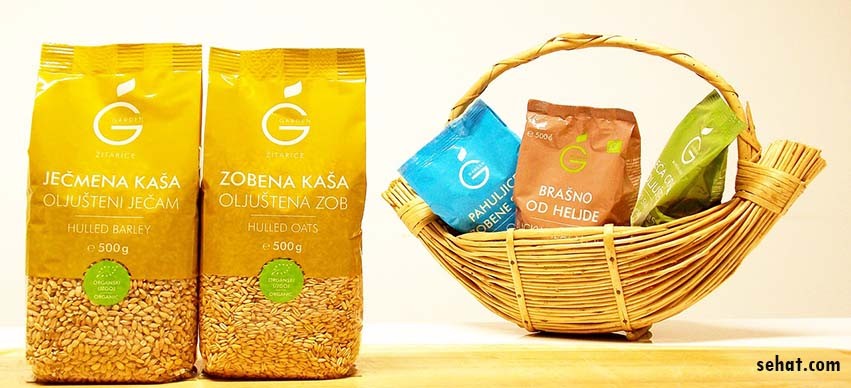
Kamut®: This ancient Egyptian wheat was recently rediscovered and we’re so glad! It’s rich and buttery with a great, chewy texture. Look for Kamut® flakes, too, which you can use like oatmeal.
Bulgur wheat: Bulgur is partially cooked cracked wheat. It’s quick cooking and delicious in grain salads like tabouleh. Cracked wheat It refers to wheat berries that have been cracked into small pieces. Popcorn This is basically corn that has a hard protein outer layer covering its inner starch layers, and you probably already know how to eat this one.
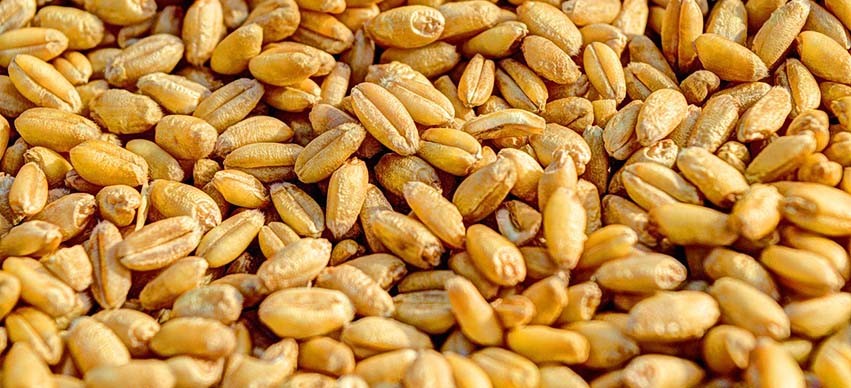
Millet: This mild, very digestible grain is a favorite for folks on a wheat-free diet. It also has a good balance of essential amino acids and is delicious with sautéed vegetables and beans or when used to make risotto.
Quinoa: This protein powerhouse is actually a small dried seed with a great nutty flavor. It’s perfect as a stuffing for enchiladas or tacos or use it to make delicious salads such as Quinoa Salad with Roasted vegetables.
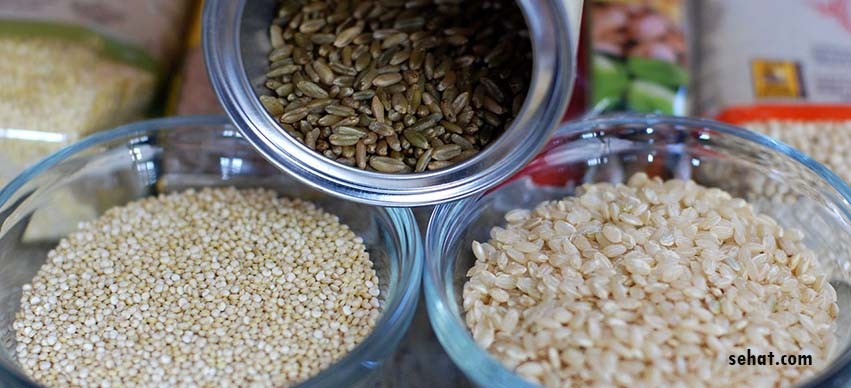
Farro: Farro belongs to the wheat family. It is rich in fiber, magnesium and vitamins A, B, C and E and it’s supremely delicious.
Rye: This high-protein, low-gluten grain is more slowly digested than other grains. Combine with beans for a particularly good match.
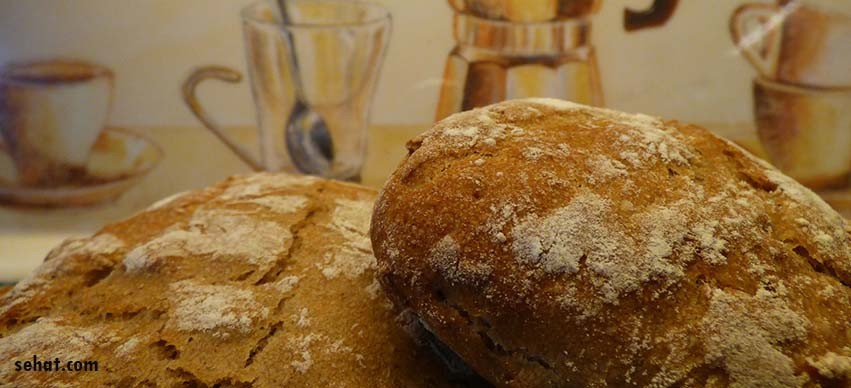
Wheat: This high-protein, chewy grain needs no introduction, but we couldn’t very well leave it off the list.